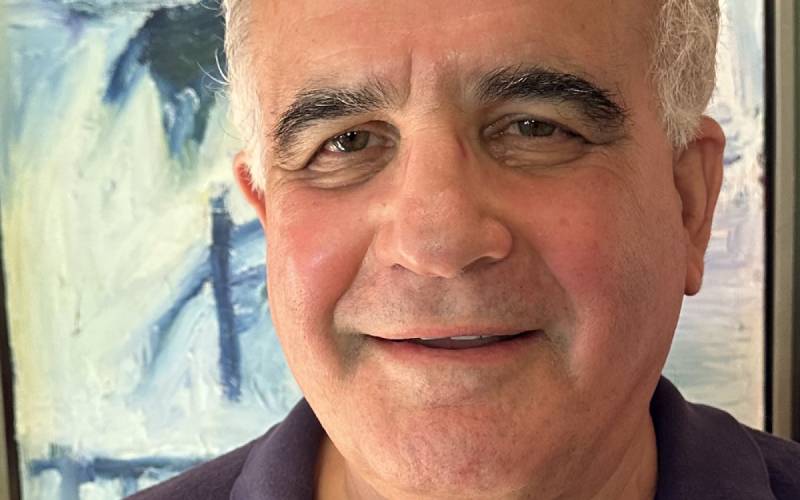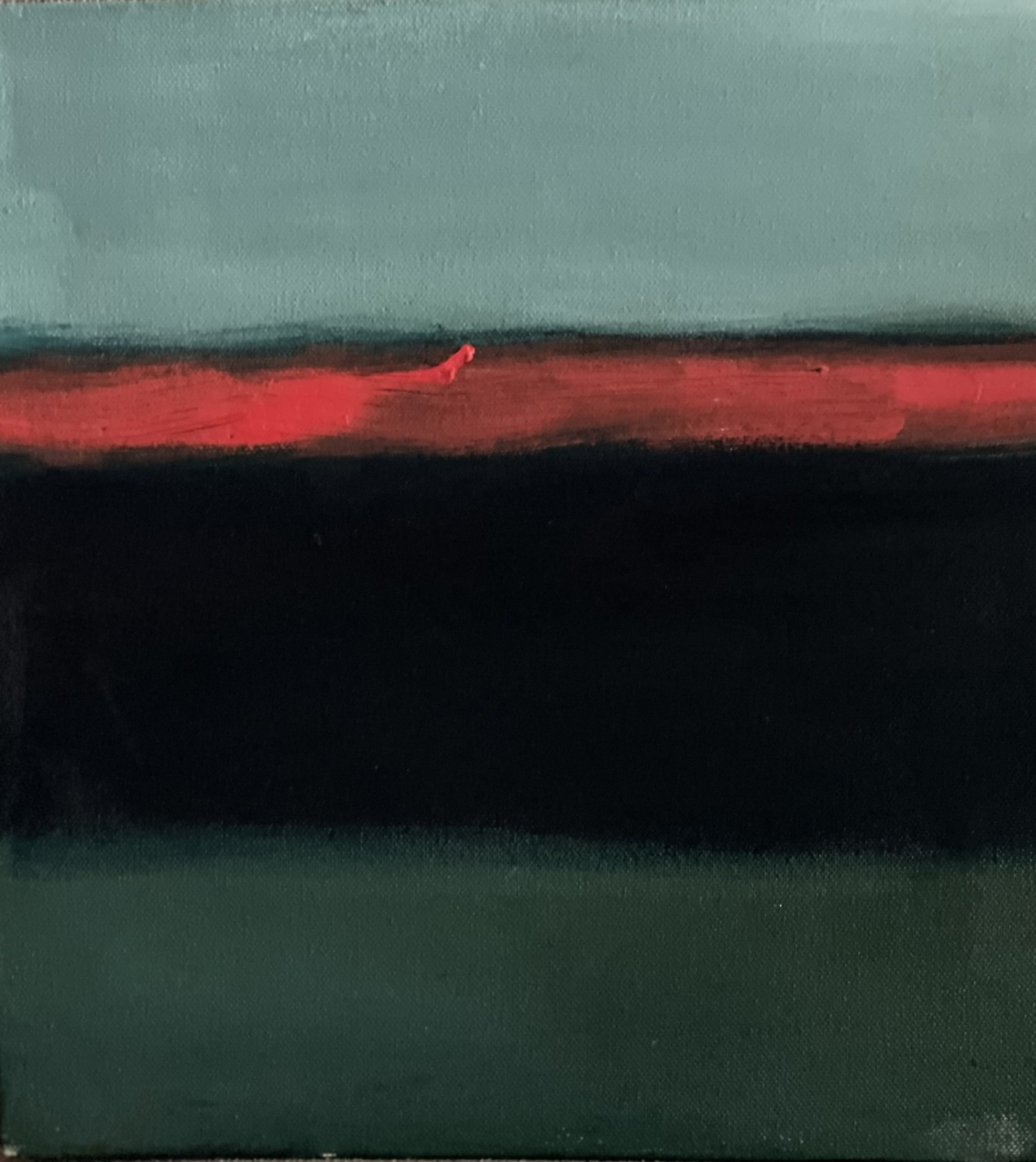“A number of art schools in the early 60s said: “Clearly, it is the relationship of the painter to the medium that is the essence of painting – the painter must be emotionally present, and this is what we should instill in our students.” So they started to take away traditional training in art schools of representational drawing, of color theory, of figurative drawing, and what they ended up with was a generation of artists who were passionately throwing paint at canvases but unable to make art. The relationship between the fundamentals and intuition is very complicated. Nobody seemed to make the point that the great abstract expressionists were all trained for decades in traditional art schools. That’s what they came out of, and we see this in our analytic colleagues. Many of them are writing wonderfully at the moment, but they were trained as Kleinians or trained as ego psychologists, and they have that in their bone marrow. The kind of representational work with Apple [painting of his dog] that I am talking about when I say: I draw and I draw and I draw until I can put that aside, in analytic work I go to something basic in my training. For me it happens to be something that’s close to Paul Gray, it’s not where I’m going to stop, but I can use Paul Gray because that’s what I was trained in – I will look for transference, I’ll look for defense, I’ll look for resistance and I’ll go back and look for the derivatives of certain affects that are enacted in the relationship. I go over it and over it until I can relinquish it like I did with the painting of Apple, and then the intuitive comes in, but the intuitive is the reward at the end of decades of hard work.”

Jonathan Palmer, MD
Newton, Mass.
Episode Description:
We begin with Jon’s mother’s encouragement to paint by finding the bird’s vitality through “becoming the bird.” This leads us to consider the relationship between intuitive seeing and the “images which I might desire to produce.” We discuss his notion of the aesthetic matrix which applies both to the analytic encounter as it does to the painter’s relationship to his creative process. Jon shares with us his conviction that basic technique, whether artistic or analytic, must first become part of one’s inner make-up before intuition can enlighten an obscure moment. He walks us through his creative process in the face of a blank canvas on the wall in front of him. He discusses the different uses of watercolor and oil paint and how their unique properties parallel his spontaneous engagement at various periods of an analysis. He presents a clinical encounter and how he was able to unpack a countertransference impasse through working on a painting. He closes with sharing an experience he had in his native South Africa which leads him to feel that “it’s a blessing to be able to work in America.”
Linked Paper and Websites:
The Aesthetic Matrix: A Conversation Between a Painter and a Psychoanalyst
https://youtu.be/FuIltBrHn40?feature=shared


Our Guest:
Jonathan Palmer, MD -Training and Supervising Psychoanalyst at the Boston Psychoanalytic Institute and Society and painter working in Boston and Lenox, MA.
Recommended Reading:
Dodi Goldman ( 2012): Vital sparks and the form of things unknown in Donald Winnicott Today: edited by Jan Abram. Routledge 2013
Henry Markman: Creative Engagement in Psychoanalytic Practice Routledge 2022
Marion Milner: On Not Being Able to Paint Routledge 2010
Michael Parsons: Living Psychoanalysis: From Theory to Experience Routledge 2014
Janet Sayers: Bion’s Transformations: Art and Psychoanalysis. Bion Today edited by Chris Mawson Routledge 2011
Hannah Segal: Dream Fantasy and Art Routledge 1991
Robert Snell: Cezanne and the Post Bionian Field. An Exploration and Meditation Routledge 2021.
Ken Wright (2018): To Make Experience Sing in Art, Creativity, Living edited by Lesley Caldwell, Routledge 2018
